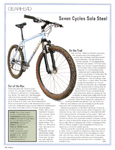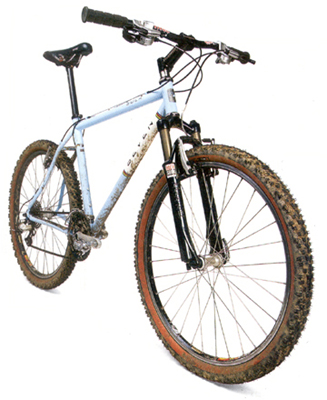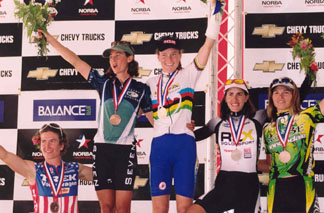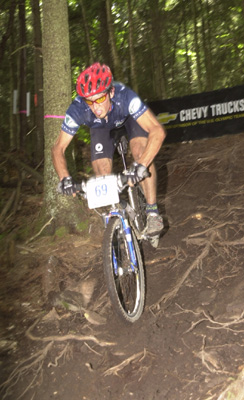by Adam Aston
Titanium earned its reputation as a wonder metal at the dawn of the Space Age, when NASA engineers used the light, superstrong material for jet turbines and rocket parts. Half a century later, titanium is still a staple of the aerospace industry. But with prices at all-time lows, the gray metal has also found its way into down-to-earth household products and won over many industrial designers who like the material’s understated aesthetic. “It’s like gold for puritans,” says Hartmut Esslinger, founder of frog design inc. in Sunnyvale, Calif.
The fourth most abundant metal in the earth’s crust, titanium is tricky to process. But as its price falls and processing technology improves, the metal is popping up in surprising places, Titanium tiles cover the helter-skelter masses of Frank Gehry’s landmark Guggenheim Museum in Bilbao, Spain. It’s in a gamut of super-durable athletic gear, such as golf clubs and bicycle frames. And it’s showing up in a fast-growing family of fashion and electronics goods, from watches and eyeglass frames to cameras and laptops. “It’s the magic metal,” says Mark Zeh, senior engineer at Palo Alto (Calif.) design firm IDEO Inc.
That magic has gotten dramatically cheaper in recent years. In the early 1990s, the end of the Reagan-era military buildup meant fewer orders of titanium-laden jet fighters. So US producers began hunting for new markets, and they were soon joined by Soviet-built titanium factories facing a similar drop-off in orders. “Before, [the Soviets] were making whole subs out of titanium. Suddenly, all that capacity was for sale,” says John H. Odle, executive vice-president of RTI International Metals Inc. in Niles, Ohio. Today, with aerospace demand still weak, a pound of raw titanium metal goes for under $4, down from an inflation-adjusted high of more than $15 in 1982, says Christopher Olin, an equity analyst at Cleveland’s Midwest Research Securities Corp.
The price crash has been tough on the titanium industry. But it made the metal accessible to a growing corps of architects and industrial designers. Randy Jefferson, a partner at Gehry Partners LLP in Santa Monica, Calif., says the price drop enabled Gehry to select titanium over stainless steel, copper, or aluminum for the Guggenheim. But what really attracted the architect, Jefferson says, was “the way titanium deals with light—it retains a glowing warmth even in fog and rain.” The museum’s 3-foot-by-4-foot tiles are also impervious to salt, acidic pollution, and temperature extremes. The tiles are guaranteed against corrosion for 100 years, says Gary Nemchock of Architectural Titanium LLC in Lawrence, Kan.
For years, titanium’s excellent strength and weight characteristics have attracted manufacturers of sports gear. According to Benoit Vincent, vice-president for club and ball research and development at TaylorMade-Adidas Golf Co., some four out of five current buyers choose to shell out up to $400 for titanium drivers—twice the price of their steel counterparts. Titanium makes possible “a bigger sweet spot and longer drives,” he says.
More recently, jewelry and consumer-electronics makers have embraced the metal. Titanium’s “low thermal conductivity makes it feel warmer to the touch” than stainless steel or aluminum says IDEO’S Kara Johnson, a PhD in materials science. Titanium’s lightweight is also a selling point in products such as Apple Computer Inc.’s latest superthin PowerBook laptop. And its durability inspired companies such as Oakley Inc., which charges $275 for a pair of titanium-framed X Metal sunglasses. “You’ll be able to hand them down to your grandchildren,” says President Colin Baden.
With advances in production technology, titanium prices may soon fall even further. Last year, British scientists announced a new way to tease titanium metal out of mineral sands at half the current cost. A trial plant, backed by British Titanium PLC, will help scale up the process, says Derek Fray, a metallurgist at the University of Cambridge. RTI’S Odle remains skeptical but says a cost cut of that size, if real, could put titanium in unheard of places: Consider a titanium car muffler that you’d never have to replace. Born in the Space Age, titanium may turn out to be the metal of choice for the 21st century.





